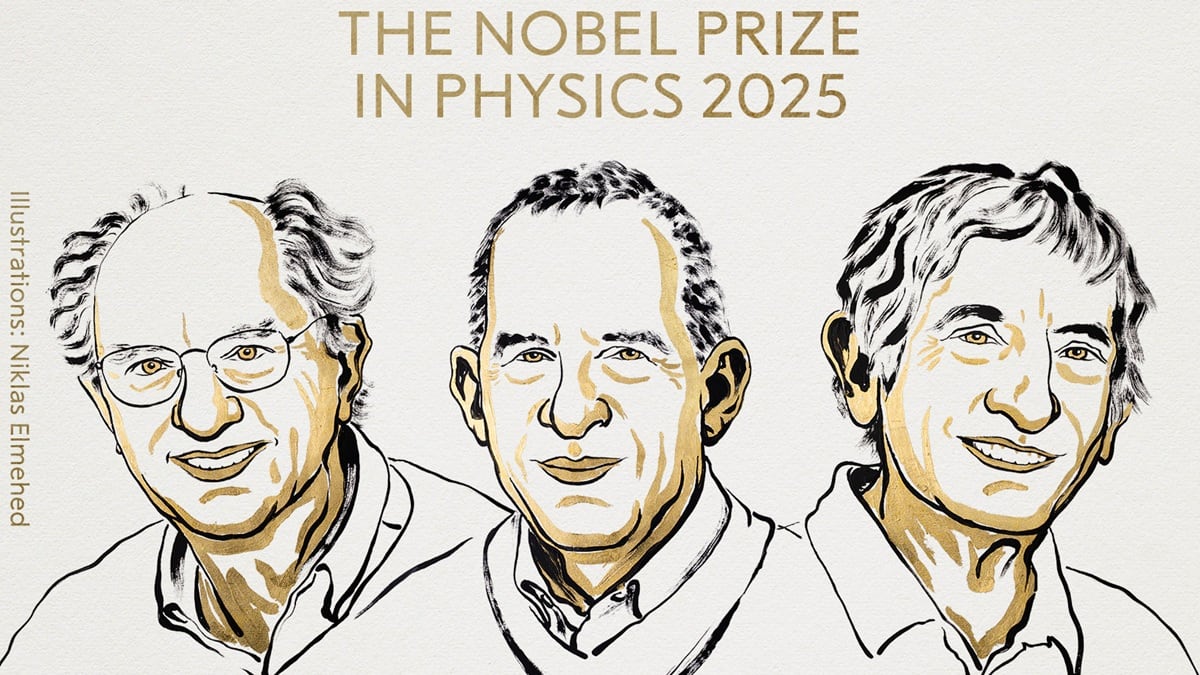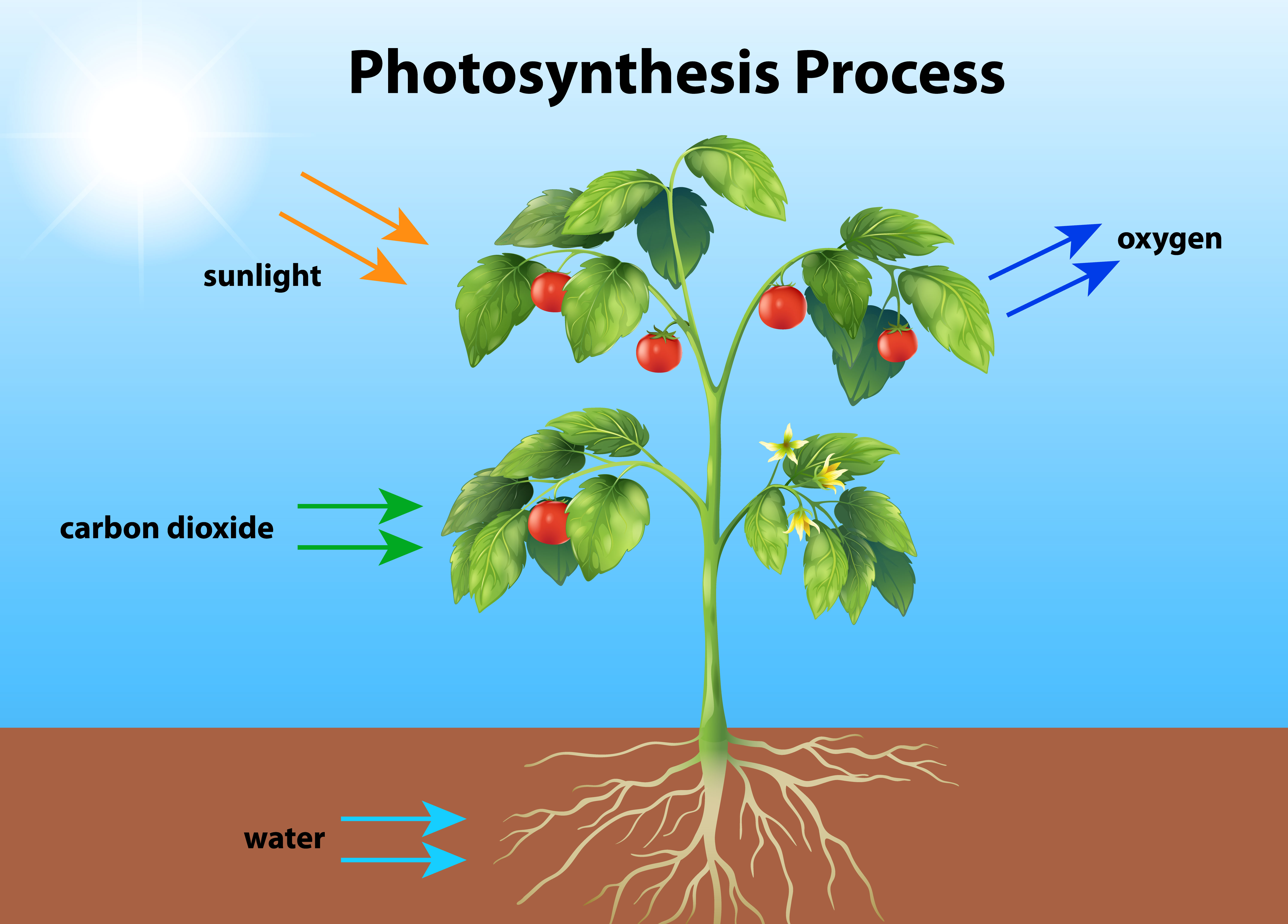Regulatory T Cells Win Big: Nobel Prize 2025 in Medicine- Regulatory T cells, often called the “peacekeepers” of the immune system, have taken center stage this year as the 2025 Nobel Prize in Physiology or Medicine was awarded to three scientists whose discoveries changed our understanding of immune balance. Mary E. Brunkow, Fred Ramsdell, and Shimon Sakaguchi were jointly honored for their pioneering research into peripheral immune tolerance — the crucial process that prevents the immune system from turning against the body itself.
The announcement recognized a body of work that stretches back over three decades. In the mid-1990s, Japanese immunologist Shimon Sakaguchi identified a special class of immune cells — now known as regulatory T cells (Tregs) — that act as brakes on the immune response. These cells ensure that the body’s powerful defense mechanisms do not mistakenly attack its own tissues, a phenomenon that leads to autoimmune diseases such as type 1 diabetes, rheumatoid arthritis, and multiple sclerosis. Sakaguchi’s discovery fundamentally shifted how scientists viewed the immune system: not as a simple attack machine, but as a finely tuned system of checks and balances.
A few years later, American researchers Mary Brunkow and Fred Ramsdell made a breakthrough that gave molecular identity to these regulatory cells. While studying mice that developed severe autoimmune disorders, Brunkow and Ramsdell identified a gene mutation responsible for the failure of immune regulation. That gene was FOXP3. They demonstrated that FOXP3 was essential for the development and function of regulatory T cells. When the gene was defective, the immune system lost control, leading to widespread tissue damage. Their findings were later confirmed in humans through the study of a rare disease called IPEX syndrome, in which mutations in FOXP3 cause life-threatening immune dysfunction in infants.
Together, these discoveries established the foundation for our modern understanding of immune tolerance. The Nobel Assembly praised the laureates for uncovering how the body distinguishes between self and non-self, and for showing how this delicate balance can fail. Their research continues to influence treatments for autoimmune disorders, organ transplantation, and even cancer, where manipulating regulatory T cells may help fine-tune immune therapies.
For Dr Fred Ramsdell, the Nobel moment came in a way that could have been scripted for a movie. On the final day of a three-week hiking trip through the rugged mountains of Montana, he was completely off the grid — no phone signal, no email, just the wild silence of grizzly bear country. His wife, Laura O’Neill, was the first to sense something unusual when her phone, suddenly regaining reception, began buzzing with hundreds of messages. “You’ve won the Nobel Prize,” she told him. His stunned response was, “I did not.” It took nearly twenty hours before Ramsdell could call the Nobel Committee back, by which time Sweden was fast asleep.
The Nobel Prize in Physiology or Medicine is among the world’s most prestigious scientific honors. It was first awarded in 1901, established under the will of Alfred Nobel, the Swedish inventor of dynamite who dedicated his fortune to recognizing those whose work “benefits mankind.” Each year, the award celebrates discoveries that deepen human understanding of life and health.
This year’s recognition of Treg biology underscores how far immunology has come — from a field focused mainly on fighting infections to one that explores the body’s own mechanisms of restraint and repair. The laureates’ insights into FOXP3 and regulatory T cells have already led to experimental therapies that seek to boost or suppress immune regulation in disease. Their discoveries remind us that in science, as in nature, balance is everything.
For Ramsdell, Brunkow, and Sakaguchi, the 2025 Nobel Prize is not only a testament to decades of perseverance but also a celebration of collaboration across borders and generations. Their work shows how understanding the quiet forces of the immune system — the ones that prevent attack rather than launch it — can transform medicine for millions worldwide.
What Causes Heart Blockages—and How Are They Treated? | Maya




